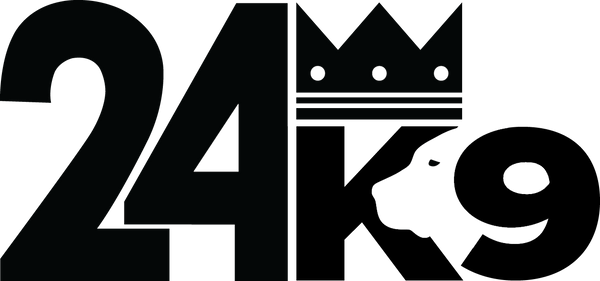
How to Keep Your Dog Focused, No Matter the Distractions

Have you ever been out on a walk with your dog when suddenly their focus is gone? Maybe it’s a passing dog, a moving vehicle, or even just a rustling bush. One moment they’re by your side, and the next, they’re lunging, barking, or completely ignoring you.
This is one of the most common struggles for dog owners. But here’s the good news: with the right strategies, you can teach your dog to stay focused on you, no matter what distractions come your way.
Let’s explore how you can transform those chaotic moments into calm and controlled ones.
Why Distractions Are Challenging for Dogs
Dogs are naturally curious. Their heightened senses mean they notice sounds, smells, and sights long before we do. While this is part of what makes them amazing companions, it can also make it hard for them to focus, especially in high-distraction environments.
The trick isn’t to eliminate distractions, it’s to teach your dog how to manage them while staying connected with you.
1. Build Focus in Low-Distraction Environments
Training your dog to handle distractions starts at home. Before heading to busy streets or dog parks, ensure they can focus on you in a calm, controlled setting.
-
Practice Eye Contact: Teach your dog to make eye contact with you on command. Use cues like “watch me” or their name and reward them when they look at you.
-
Short Training Sessions: Keep sessions under 10 minutes to hold their attention and avoid frustration.
Once they master focus at home, gradually add small distractions, like a toy nearby or a family member walking across the room.
2. Use High-Value Rewards
When competing with exciting distractions, the rewards you offer must be worth their attention.
-
Treats: Use something extra special, like chicken or cheese, during training in distracting environments.
-
Toys: For dogs that love play, a tug toy or ball can be just as motivating as treats.
-
Praise and Affection: Don’t underestimate the power of your enthusiasm - happy, excited praise goes a long way!
3. Introduce Distractions Gradually
Too much too soon can overwhelm your dog. Take it step by step:
-
Start in quiet areas, like your backyard or inside your home.
-
Slowly introduce mild distractions, like a friend walking by at a distance.
-
Over time, move to busier locations like parks or streets with passing dogs, bikes, or people.
Each time your dog remains focused on you, reward them generously to reinforce the behaviour.
4. Teach Redirection Techniques
Sometimes distractions catch your dog off guard. In those moments, redirection can save the day.
-
Focus Commands: Use cues like “look” or “watch me” to draw their attention back to you.
-
Movement: If your dog is fixated on something, try changing direction or using a playful tone to snap them out of it.
A tool like the Kontroller Head Halter can be a big help here, giving you gentle control to guide your dog’s focus back to you.
5. Manage Your Own Energy
Dogs are incredibly intuitive, they feed off your emotions.
-
Stay calm, even if your dog gets distracted or reactive.
-
Use a steady, confident tone to guide them back to focus.
When you stay composed, your dog is more likely to follow suit.
6. Practice the 3 D’s: Distance, Duration, and Distraction
The 3 D’s are a core part of building focus:
-
Distance: Start with distractions far away and gradually move closer.
-
Duration: Slowly increase the time your dog holds focus.
-
Distraction: Add new, more challenging distractions over time.
This method ensures your dog builds confidence and control without feeling overwhelmed.
7. Celebrate Progress (Even the Small Wins)
Training takes time, and it’s important to acknowledge every bit of progress. Whether it’s a second of eye contact in a busy park or ignoring a barking dog, these small victories build a foundation for long-term success.
Handling distractions is a skill every dog can learn with patience, consistency, and the right strategies. When your dog masters focus, you’ll notice:
-
Walks become calmer and more enjoyable.
-
Training sessions feel productive.
-
Your bond with your dog strengthens.
Distractions will always be part of your dog’s world but with these techniques, they won’t feel like obstacles anymore.
👉 Want more tips or tools to help? Check out our collection of training essentials here.
Here’s to better focus and stress-free walks! 🐾




